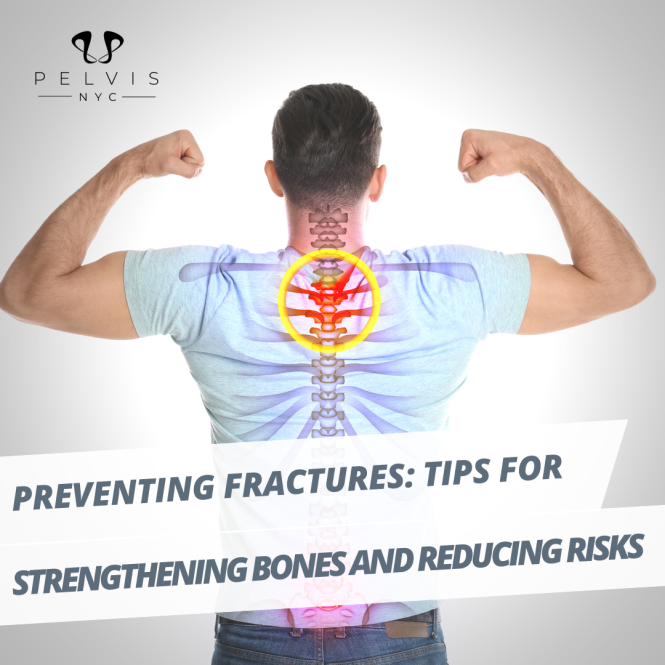

Osteoporosis treatments are crucial for individuals seeking to strengthen their bones and prevent debilitating fractures. Imagine a world where daily activities, like climbing stairs or carrying groceries, don’t cause excruciating pain or the fear of falling. This comprehensive guide dives into the diverse range of therapies for osteoporosis, offering insights into how to build robust bone health and live a fulfilling life. This article outlines the key approaches to managing and preventing osteoporosis, from lifestyle changes to medical interventions. We will explore several crucial areas including dietary changes, exercise regimens, and pharmaceutical treatments, while highlighting the importance of early detection and preventative measures. The article is structured as follows: an overview of osteoporosis treatments, followed by discussions on lifestyle modifications, medications, and potential surgical interventions.
Understanding Osteoporosis: A Foundation for Effective Treatments
What is Osteoporosis?
Osteoporosis is a bone disease that causes bones to become weak and brittle—increasing the risk of fractures. This condition occurs when the body loses too much bone, doesn’t create enough new bone, or both. Often, there are no noticeable symptoms in the early stages, making it a silent disease that can cause significant problems over time. This underscores the importance of regular check-ups for preventative care. The most common causes of osteoporosis are age-related bone loss, hormonal changes, certain medical conditions, and lifestyle choices. Understanding the specific causes can help tailor preventative measures.
The Impact of Osteoporosis
Osteoporosis weakens bones, increasing the risk of fractures, particularly in the hip, spine, and wrist. These fractures can result in chronic pain, reduced mobility, and a diminished quality of life. The consequences can be particularly severe for older adults, potentially leading to long-term care needs and reduced independence. Understanding the impact on daily life will emphasize the urgent need for preventative measures and treatment.
Lifestyle Modifications for Bone Health
Dietary Changes and Supplements
A balanced diet rich in calcium and vitamin D is essential for maintaining bone density. Calcium is a critical component of bone tissue, while vitamin D aids in the absorption of calcium. Good sources of calcium include dairy products, leafy green vegetables, and fortified foods. Vitamin D can be obtained through sunlight exposure, dietary sources like fatty fish, and supplements. For example, a study published in the Journal of Bone and Mineral Research found a strong correlation between adequate calcium and vitamin D intake and improved bone density in postmenopausal women. Fortifying your diet with calcium and vitamin D can greatly impact bone health.
Exercise Regimen
Weight-bearing exercises, such as walking, jogging, and dancing, play a crucial role in stimulating bone growth and strengthening bones. Resistance training with weights or resistance bands further enhances bone density by putting stress on the bones. For instance, a study in the American Journal of Preventive Medicine highlighted the significant benefits of regular exercise in preventing bone loss and reducing the risk of fractures in older adults. Consistency with an appropriate exercise regimen can yield impressive improvements in bone health and strength.
Pharmaceutical Interventions
Medications for Osteoporosis
Various medications are available to help slow bone loss and even increase bone density in people with osteoporosis. Bisphosphonates, such as alendronate and risedronate, are commonly prescribed to prevent further bone loss. Selective estrogen receptor modulators (SERMs) can also help maintain bone density, particularly in postmenopausal women. For instance, studies have shown that these medications can significantly reduce the risk of fractures in individuals with osteoporosis. Moreover, researchers are continually exploring new treatment options, promising even more effective approaches to managing this condition.
Surgical Options
Minimally Invasive Procedures
In severe cases of osteoporosis, surgical interventions may be considered to address fractures or other complications. Minimally invasive procedures, such as vertebroplasty or kyphoplasty, are designed to stabilize fractured vertebrae and reduce pain. These procedures often offer a quicker recovery time compared to traditional surgical approaches. For example, a study in the Journal of Orthopaedic Surgery showed a positive impact on the quality of life in patients undergoing minimally invasive surgical interventions for osteoporosis-related fractures.
Monitoring and Prevention
Regular Checkups and Screenings
Regular checkups and screenings, including bone density tests (DEXA scans), can help detect osteoporosis early and allow for proactive interventions. This early detection is crucial for slowing the progression of the condition and preventing future fractures. For example, a recent study indicated that timely diagnosis and intervention can dramatically improve bone health outcomes and prevent serious complications associated with osteoporosis. Regular checkups provide critical insights into bone health and allow for timely interventions.
Complementary Therapies
Emerging Therapies
Case Studies and Examples
Risk Factors and Statistics
Frequently Asked Questions
What are the most common osteoporosis treatments?
The most common treatments include lifestyle modifications, such as diet and exercise, along with medications to slow bone loss and increase bone density. Professional medical guidance is key in determining the most suitable treatment approach, considering individual circumstances and risk factors. This personalized care will help optimize the management of the condition.
How can I prevent osteoporosis?
Maintaining a healthy diet rich in calcium and vitamin D, along with regular weight-bearing exercises, and avoiding smoking and excessive alcohol consumption, can significantly reduce the risk of osteoporosis. Consulting a healthcare professional to assess individual risk factors can lead to developing a personalized prevention plan.
In conclusion, osteoporosis treatments offer a multifaceted approach to strengthening bones and preventing fractures. By understanding the different therapies available, individuals can take proactive steps to manage and potentially reverse the effects of osteoporosis. This includes a combination of lifestyle modifications, such as dietary changes and increased physical activity, as well as professional medical interventions, including medications and potential surgical procedures. The most effective course of action will be tailored to each individual’s unique circumstances, considering their specific risk factors, bone density, and overall health. Consult a healthcare professional for personalized advice on osteoporosis treatments and prevention strategies, to proactively safeguard bone health. This comprehensive guide aims to empower individuals with the knowledge they need to take control of their bone health.